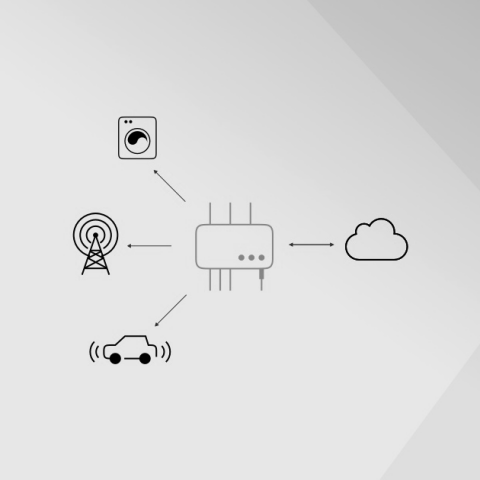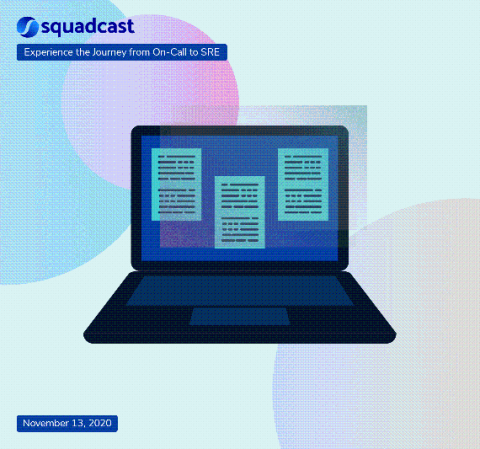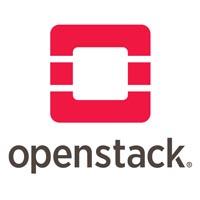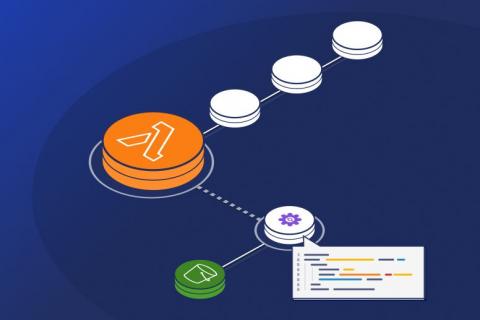Edge computing is dead, long live micro clouds and IoT gateways
“The King is dead, long live the King.” It might be my french roots speaking, but it seems that actual use cases are replacing King Edge, and it might be for the best. Warning; do not read this blog if you’re particularly sensitive about edge computing (and if you don’t know what this is about, read the “What’s the deal with edge computing?” blog first).











